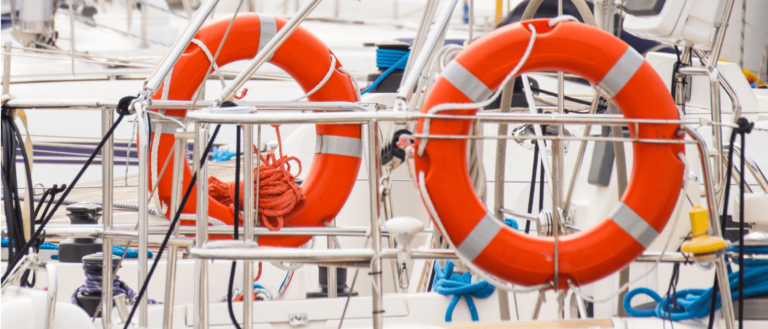Docking a boat can be a daunting task for many boat owners, especially for those who are new to the boating world. A successful dock rental requires that you tie up your boat correctly so that it is safe and secure. There are several factors to consider when you dock a boat, and this blog post will explain six important ones in detail.
1. Equipment Required For Docking
Before you begin to dock your boat, ensure that you have all the necessary equipment. This includes dock lines (rope), cleats, and fenders or buoys. Dock lines are essential as they allow you to tie your boat to the dock. You should have at least three lines on board at all times – one for the primary dock tie, another for a double bow line, and a third for a double stern line. Cleats are T-shaped metal hardware/hooks that are necessary to securely tie your boat to a slip. Most boats have two cleats at the stern and in the middle of the boat, as well as one or two at the bow. Fenders are bumpers made of foam or inflatable rubber that prevent your boat from getting scratched or damaged by the dock. The type of fender you need depends on the length and weight of your boat, as well as the docking conditions. Buoys serve a similar function as fenders, but they are more round instead of cylindrical.
2. Lowering The Fenders
As you approach the dock, make sure to lower the fenders along the side of your vessel that will rest against the slip. This prevents your boat from getting scratched or damaged when it moves in the water.
3. Aligning The Boat With The Dock
When you arrive at the dock, ensure that your boat is lined up squarely against the space and positioned where you want it to be. Depending on the type of dock you are renting, you may need to approach it differently. Consider the strength of the wind and the direction of the water currents when aligning the vessel. Look for nearby flags and observe nearby pilings to take note of how the water is moving. Water marks on the pilings will give you an indication of the tide level, which is essential in determining how tightly (or loosely) you tie your boat to the dock.
4. Cleat Knots vs. Clove Knots
When tying your boat to the dock, the type of knot you use will depend on the type of dock you are renting. A “cleat knot” is used for cleats, and a “clove knot” is used for pilings. A cleat knot is simple to make and involves creating a loop with the rope and passing it over the cleat. You then make a figure-eight around the horns of the cleat and finish it with a half hitch. A clove knot involves looping the rope around the piling, crossing the ends, and tucking them under the loops. Both knots are easy to learn and provide a secure hold for your boat.
5. Securing The Lines
Once you have tied your boat to the dock, ensure that the lines are tight and secure. Check for any slack in the lines and adjust them accordingly. You should also check the lines periodically to ensure that they remain tight throughout your dock rental.
In conclusion, docking a boat requires careful planning and attention to detail. By following these six important factors, you can ensure that your boat is safe and secure during your dock rental.


How to video by Len’s Cove Lessons in Boating:
Video Copyright © Lens Cove Lessons in Boating on Youtube



